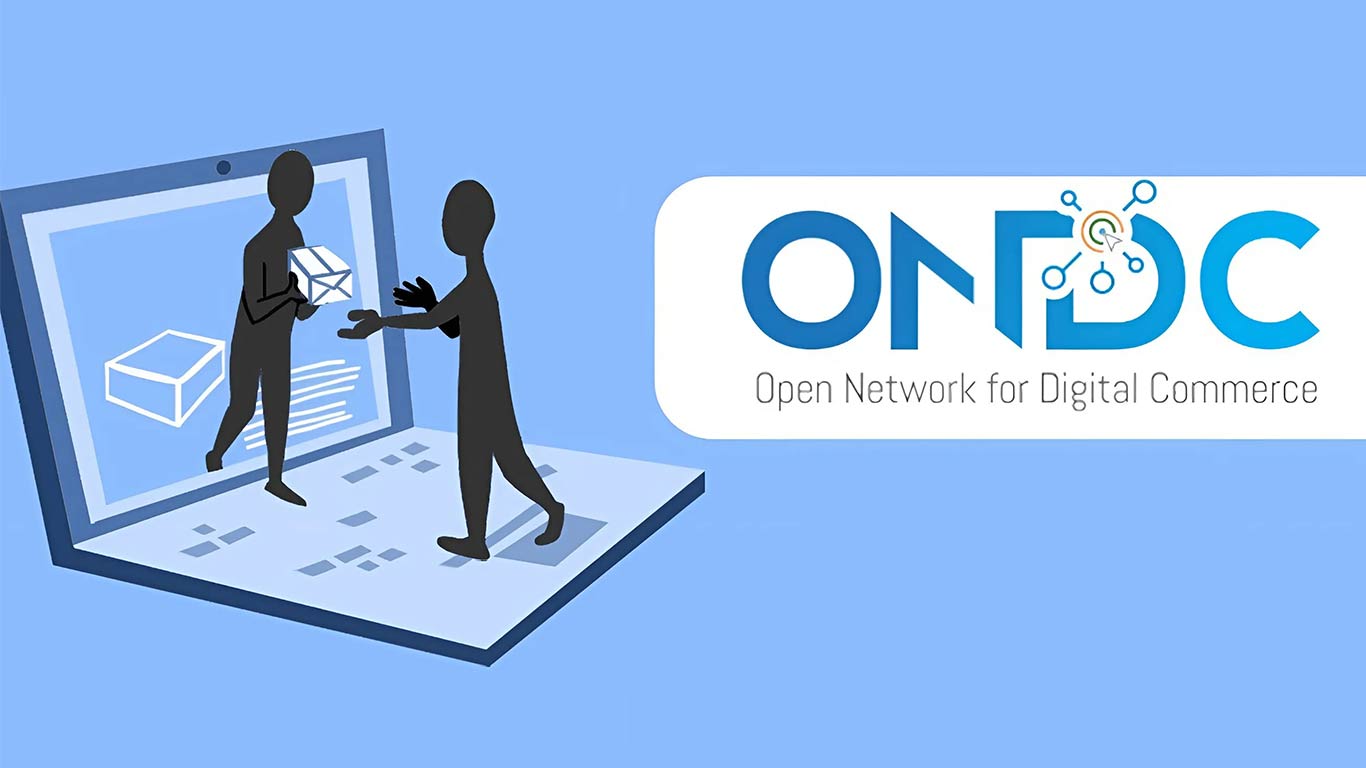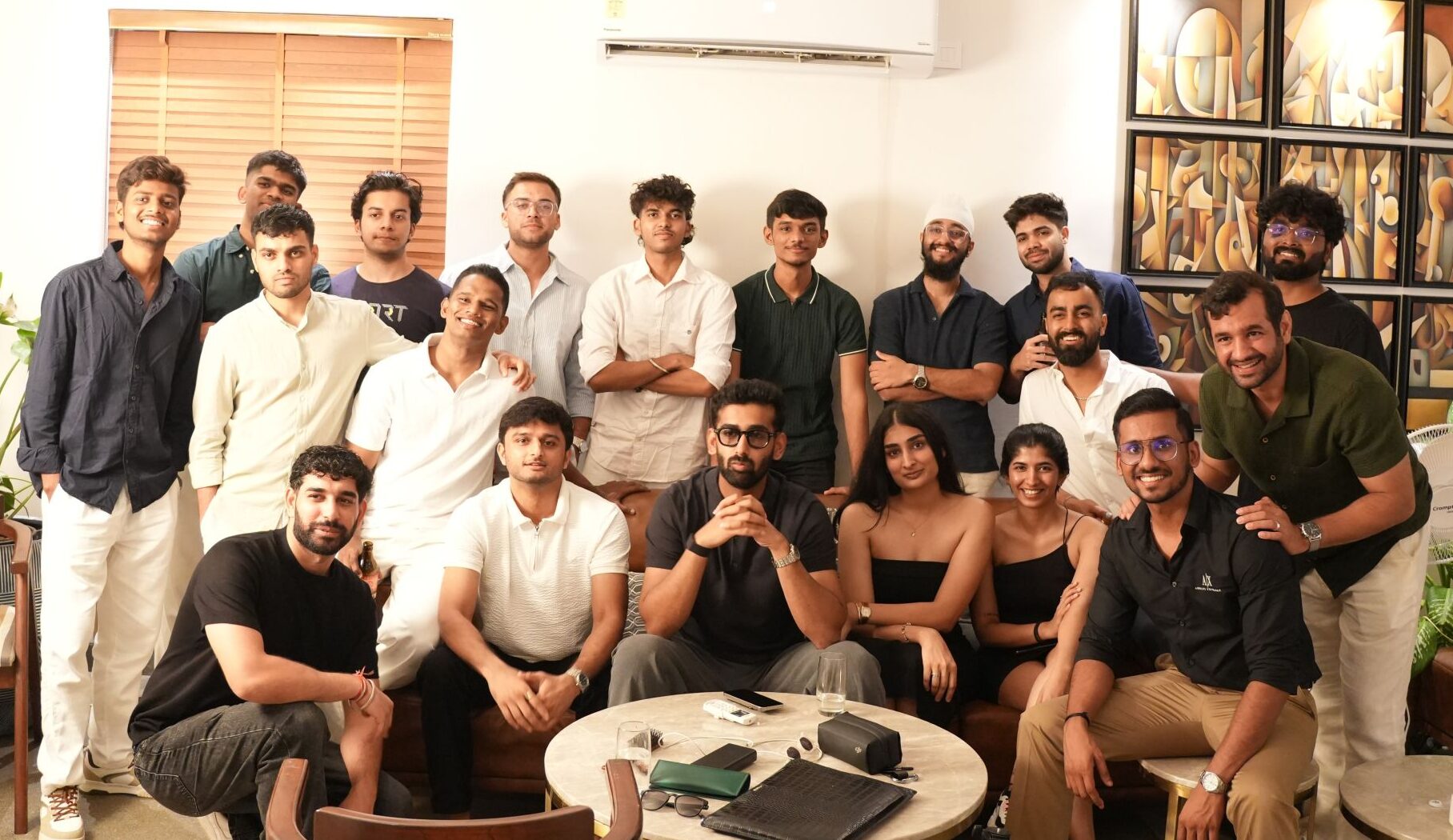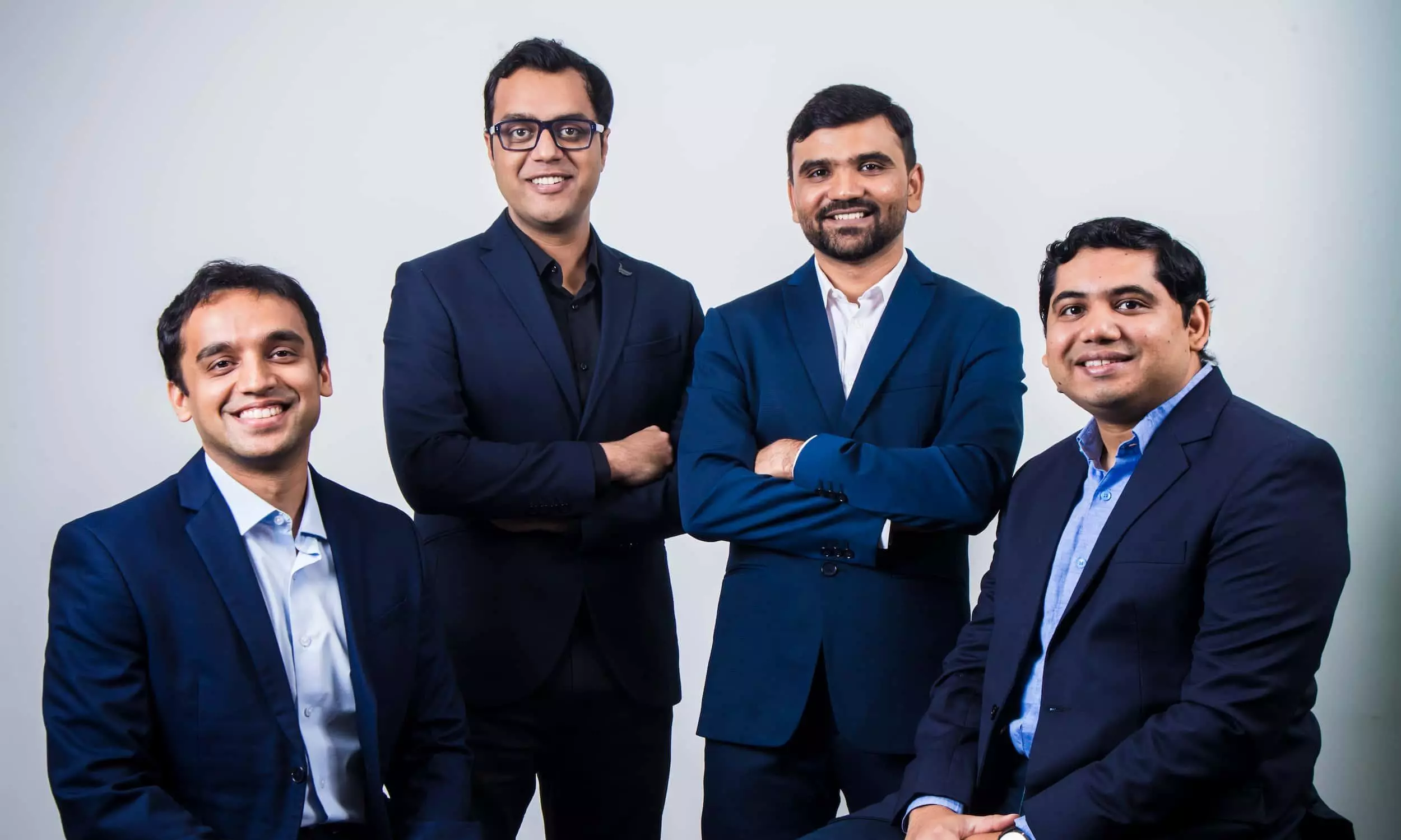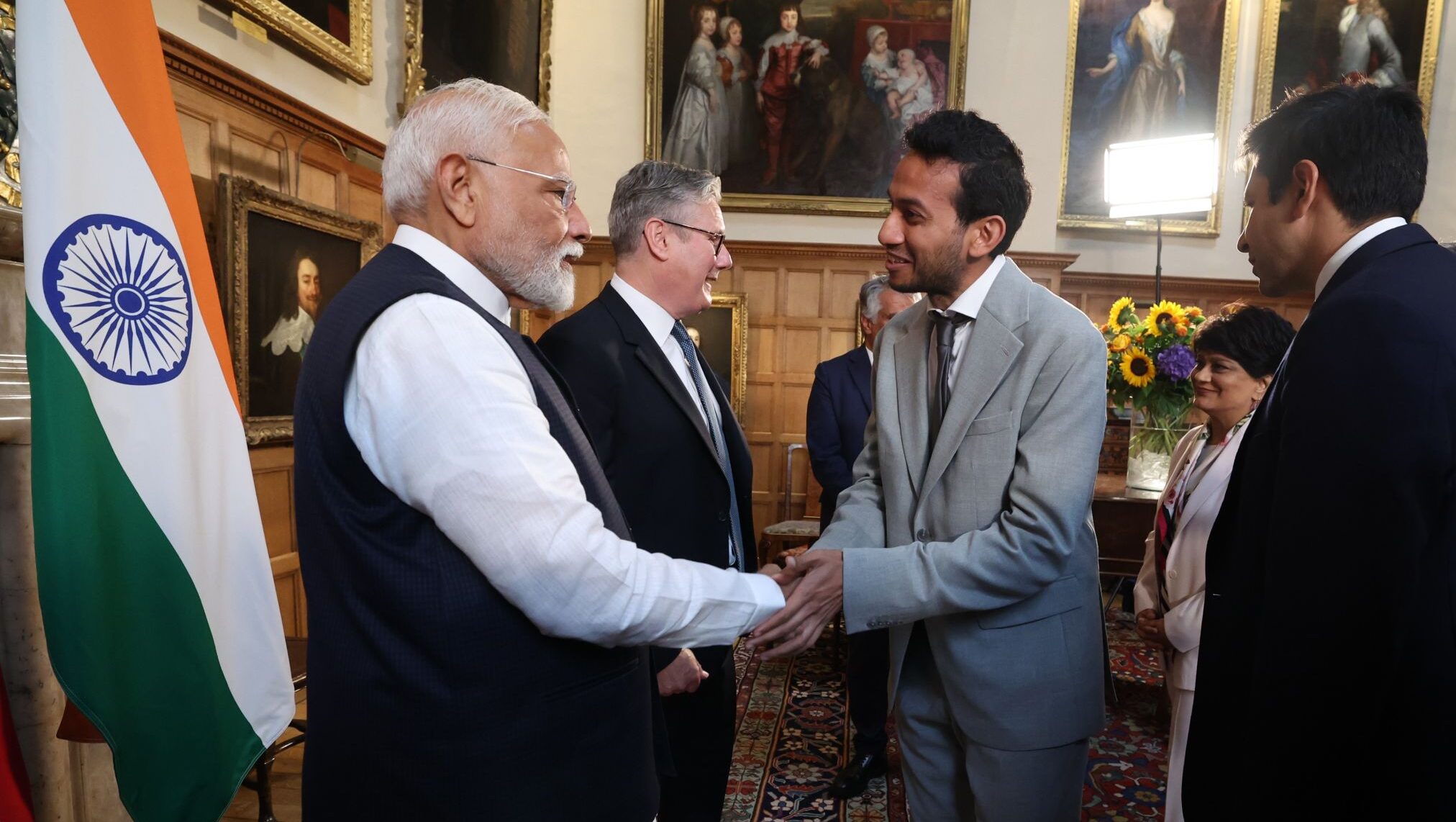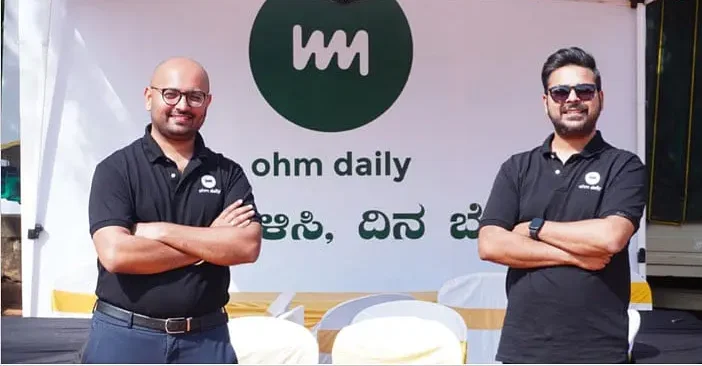A ₹10 tip doesn’t sound like much until you realize Indian users are now spending over ₹350 crore a month on it. This isn’t happening on YouTube or Netflix, but on a new breed of interactive apps where the product isn’t just content, but connection.
A Quiet Revolution in Digital Spending
While most of India’s digital discourse focuses on subscriptions, screen time, and viral reach, a different internet economy has quietly taken shape. Apps like Tango, SuperLive, ReelShort, and OlaParty are now among India’s top 10 video apps by consumer spend, out-earning platforms with far larger user bases. In April 2024, India even surpassed the US and China in consumer spend on live video platforms.
- Tango Live: Once a video calling app from Palo Alto, now a live gifting platform, clocks over ₹100 crore a month from Indian users alone, primarily through virtual gifts and micro-tips.
- SuperLive, ReelShort, OlaParty: Each offers interactive livestreams, bite-sized dramas, or social gaming, monetizing not through ads or subscriptions, but through direct, small payments from users.
How Does This Work?
There are no subscriptions or ads. Instead, users pay ₹10, ₹20, or ₹50 at a time to send virtual gifts, tip creators, or unlock episodes—often spending per minute to feel seen and connected. These microtransactions, multiplied by millions, add up to a massive new revenue stream.
Why Is This Happening in India?
1. Connection Is the Product
Unlike traditional platforms that chase algorithms and viral hits, these apps are built for live participation. Users aren’t just watching, they’re interacting in real time. The value comes from intimacy and impulse, not just content.
2. Small Communities, Big Outcomes
These platforms thrive on smaller, emotionally engaged groups. Instead of chasing mass virality, they monetize deeper connections, where a ₹10 tip feels like genuine support, not a transaction.
3. Micro-Spends Feel Effortless
India’s culture of sachet pricing (small, affordable units) and the ubiquity of UPI make micro-spends frictionless. For most users, ₹10 doesn’t feel like an expense—it feels like a gesture of support, repeated over and over.
“Approximately 75% of survey respondents reported increased spending due to UPI… 95.2% found making payments via UPI convenient
4. Emotionally Native Products
These platforms are designed for reciprocity and real-time interaction, not just likes or shares. The monetization is built around participation—making users feel seen, heard, and valued5.
The Scale of the New Economy
- Monthly Consumer Spend: Over ₹350 crore across interactive platforms in India5.
- Tango’s Revenue: Over ₹100 crore per month from Indian users, outpacing many domestic social giants.
- User Demographics: Young, mobile-first Indians with access to affordable smartphones and cheap data, 60% of users consume 1–2 GB daily, fueling bandwidth-heavy, interactive experiences.
What’s Next?
This shift is redefining the Indian creator economy, which now influences over $350 billion in annual consumer spending, projected to cross $1 trillion by 20301. Agencies like Finnet Media are helping creators and platforms tap into this wave, building interaction-first content and community-led monetization models.
“When platforms prioritize connection over content, loyalty and spending follow. The ₹10 economy reflects a deeper insight: emotional design drives monetization.”
Conclusion
The next wave of digital India is already here. It’s not about subscriptions, scale, or viral content. It’s about intimacy, interaction, and the power of a ₹10 tip, multiplied by millions, reshaping the very fabric of India’s internet economy.
ALSO READ : Groww Powers Ahead with Confidential IPO Filing and Billion-Dollar Vision













